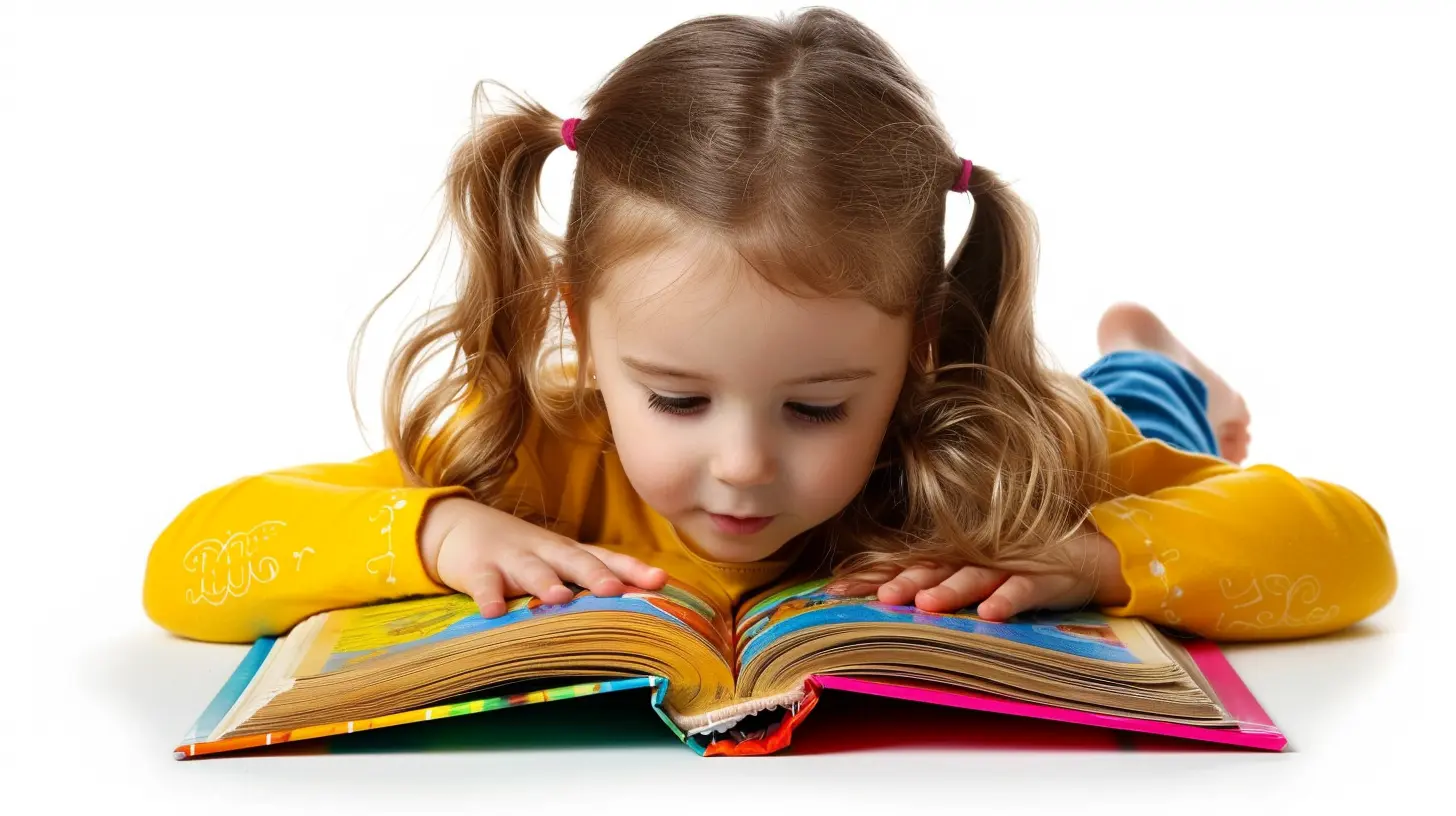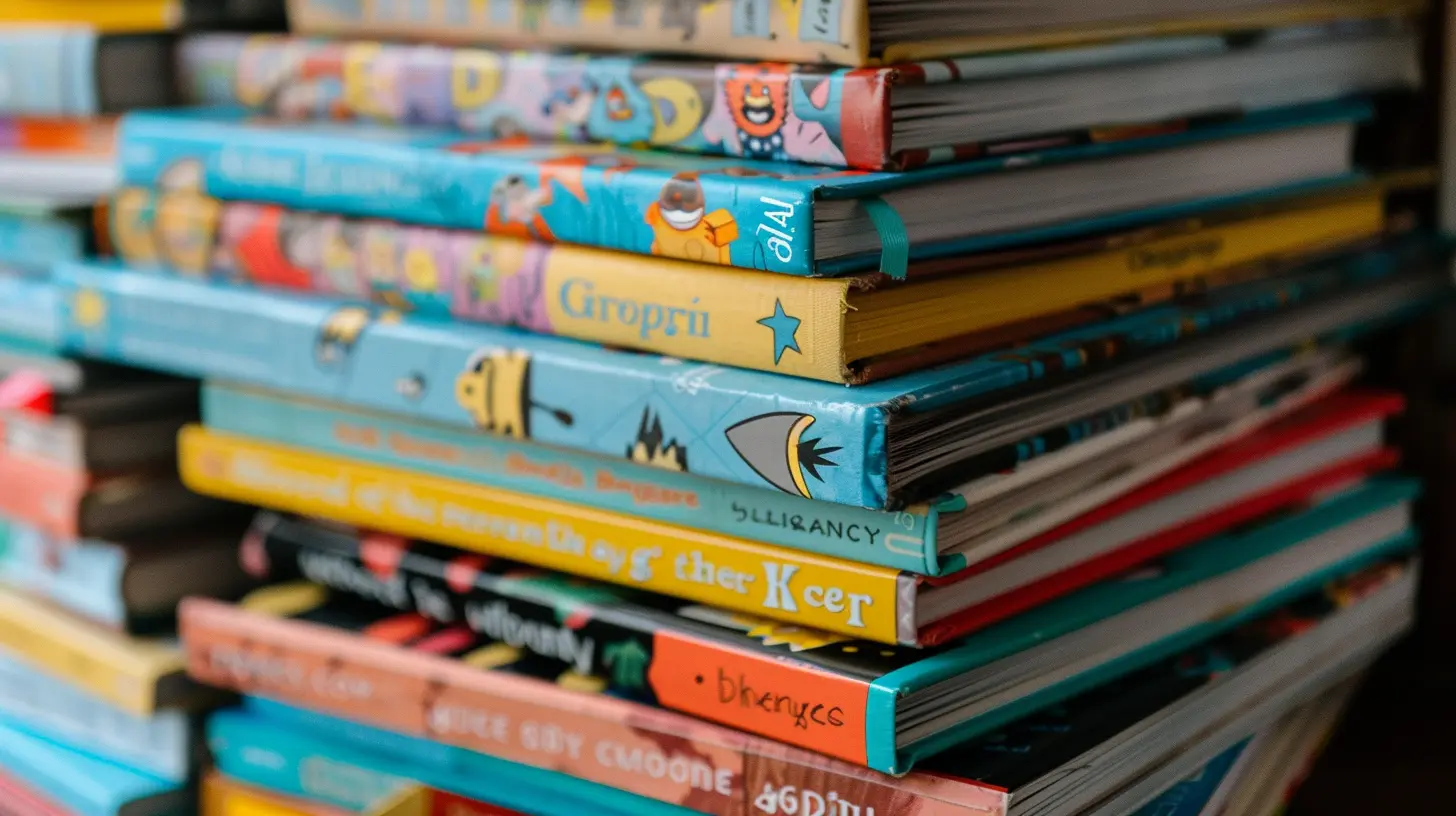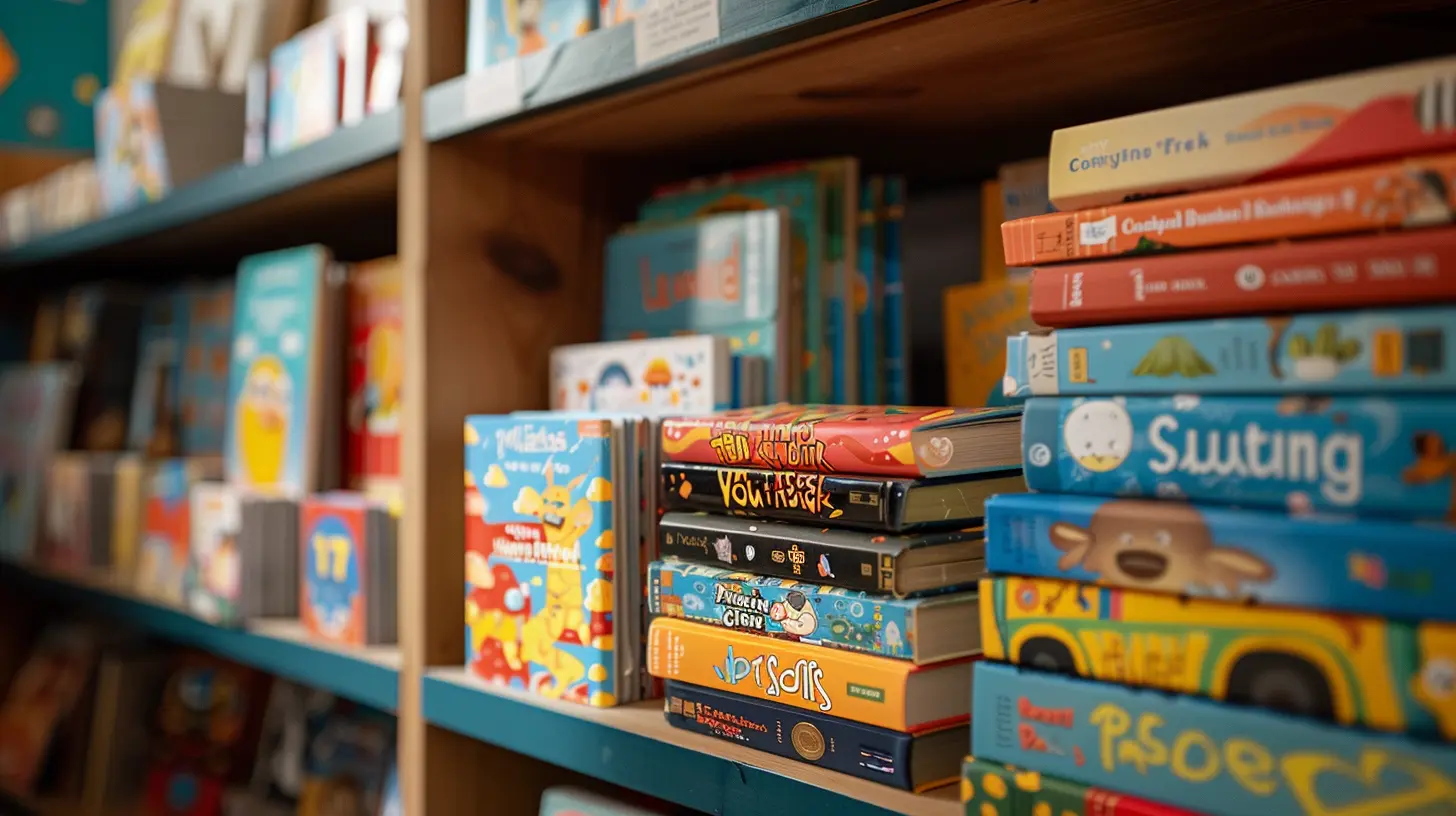How to Choose the Perfect Book for Your Child’s Age Group
31 July 2025
Books are like magical portals, opening up worlds of imagination, knowledge, and creativity for our little ones. But with so many options out there, how do you pick the right one for your child? Choosing the perfect book isn't just about grabbing something colorful off the shelf; it's about ensuring it aligns with your child's age, interests, and developmental stage.
In this guide, we’ll break it all down so you can confidently pick books that will keep your child engaged, entertained, and, most importantly, help them grow. 
Why Choosing the Right Book Matters
Think about it—would you hand a newborn a chapter book? Probably not. Just like you wouldn’t give a toddler a Shakespeare play to read, books need to fit a child's developmental stage.The right book can:
- Build vocabulary and language skills
- Improve cognitive abilities
- Foster imagination and creativity
- Help develop emotional intelligence
- Strengthen the parent-child bond
Now, let’s dive into how to select the perfect book for each age group. 
Books for Babies (0-12 Months)
What to Look For:
At this stage, babies are all about exploring their senses. They love looking at high-contrast images, feeling different textures, and, let’s be honest, tasting everything (yes, books included).- Board Books: These are sturdy, durable, and perfect for little hands (and mouths).
- High-Contrast Images: Black and white patterns or bold colors grab a baby's attention.
- Simple, Repetitive Text: Rhyming or rhythmic books help with early language development.
- Interactive Features: Touch-and-feel textures, lift-the-flap surprises, or even sound buttons make books more engaging.
Top Picks:
- Goodnight Moon by Margaret Wise Brown- Where’s Spot? by Eric Hill
- Baby Touch and Feel series by DK

Books for Toddlers (1-3 Years)
What to Look For:
Toddlers are curious little explorers, absorbing everything around them at lightning speed. Books should be fun, engaging, and interactive.- Rhyming and Repetitive Text: Helps with language development and makes reading predictable, which toddlers love.
- Bright, Engaging Illustrations: Visuals should tell the story just as much as the words.
- Interactive Elements: Lift-the-flap, pop-ups, and textures keep toddlers engaged.
- Simple Storylines: Short sentences with familiar situations help toddlers connect with the story.
Top Picks:
- Brown Bear, Brown Bear, What Do You See? by Bill Martin Jr.- The Very Hungry Caterpillar by Eric Carle
- Peek-a-Who? by Nina Laden

Books for Preschoolers (3-5 Years)
What to Look For:
Preschoolers are developing their personalities, asking endless "why?" questions, and starting to understand story structures. Books should be engaging and educational.- Longer Storylines: They can now handle short stories with a proper beginning, middle, and end.
- Emotion-Based Stories: Books that teach about feelings, social skills, and friendships are great for emotional development.
- Alphabet and Number Books: Early learning books build foundational skills in literacy and math.
- Silly and Fun: Humor is huge at this age—goofy stories and funny characters will keep them entertained.
Top Picks:
- Don’t Let the Pigeon Drive the Bus! by Mo Willems- If You Give a Mouse a Cookie by Laura Numeroff
- Chicka Chicka Boom Boom by Bill Martin Jr.
Books for Early Readers (6-8 Years)
What to Look For:
At this stage, kids are starting to read on their own or with a little help. Books should challenge them without overwhelming them.- Sight Word Books: These help build confidence in early readers.
- Short Chapter Books: Simple narratives split into chapters make reading manageable.
- Relatable Characters: Kids love seeing themselves in the story, whether it’s a curious adventurer or a mischievous troublemaker.
- Engaging Illustrations: Pictures still play a role, helping to break up the text.
Top Picks:
- Henry and Mudge series by Cynthia Rylant- Amelia Bedelia series by Peggy Parish
- Magic Tree House series by Mary Pope Osborne
Books for Independent Readers (9-12 Years)
What to Look For:
This is when kids dive into full-length books and start forming their reading preferences. Books should be engaging, age-appropriate, and aligned with their interests.- Diverse Genres: Mystery, fantasy, adventure—let them explore different genres to see what they like.
- Strong Narratives: Stories with deeper themes and character development work well.
- Series Books: If a child loves a book, a series ensures they’ll keep reading.
- Books That Spark Curiosity: Non-fiction books about science, animals, or history can be fun and educational.
Top Picks:
- Harry Potter series by J.K. Rowling- Percy Jackson & The Olympians by Rick Riordan
- Wonder by R.J. Palacio
Encouraging a Love for Reading
Now that you know how to pick the right books, here are some tips to make reading a cherished habit in your household:1. Make Reading a Routine
Whether it’s bedtime or after school, having a dedicated reading time helps build consistency.2. Let Them Choose
Give your child some control over their book selection—when they’re excited about a book, they’ll be more eager to read it.3. Read Together
Even if your child can read independently, keep reading together. It strengthens bonds and makes reading a shared experience.4. Create a Reading-Friendly Environment
A cozy reading nook with comfy pillows and good lighting can make all the difference.5. Be a Reading Role Model
Kids imitate what they see. If they see you reading, they’ll be more likely to pick up a book themselves.Final Thoughts
Choosing the perfect book for your child doesn’t have to be overwhelming. Just remember to consider their age, interests, and developmental stage, and you’ll find something that sparks their love for reading. Books are more than just words on a page—they're adventures waiting to happen, lessons waiting to be learned, and memories waiting to be made.So next time you pick up a book for your little one, think of it as a ticket to another world—one they’ll carry with them forever.
all images in this post were generated using AI tools
Category:
Childrens BooksAuthor:

Tara Henson
Discussion
rate this article
1 comments
Coral Mullen
Thank you for this insightful guide! Choosing the right book can ignite a lifelong love of reading in our children.
August 18, 2025 at 2:24 AM

Tara Henson
Thank you for your kind words! I'm glad you found it helpful. Happy reading!


